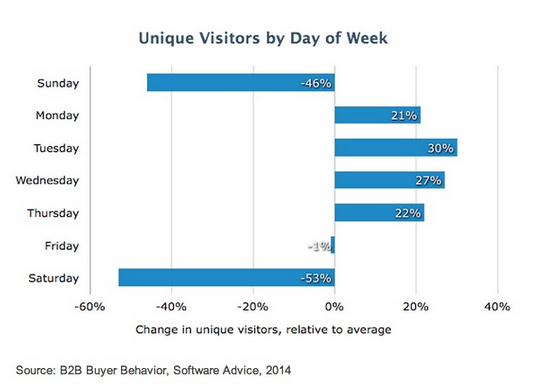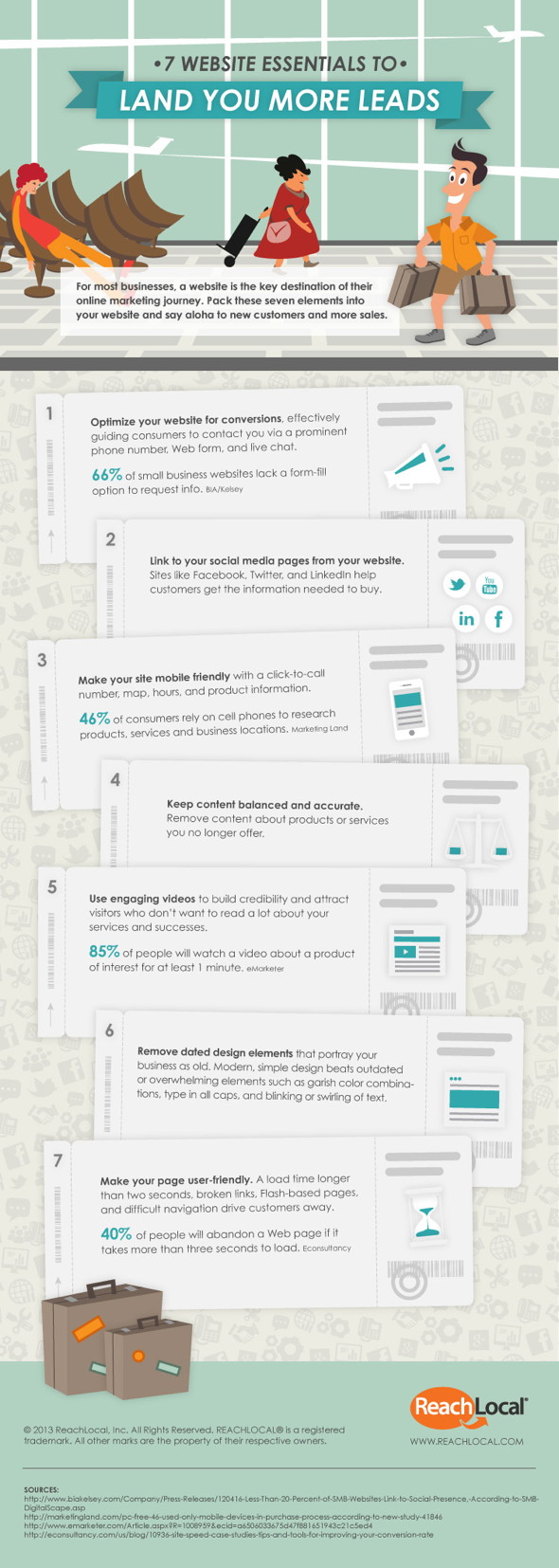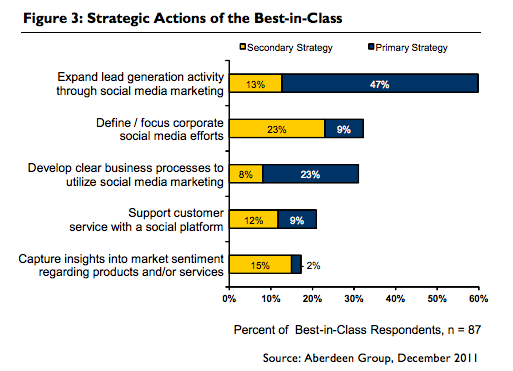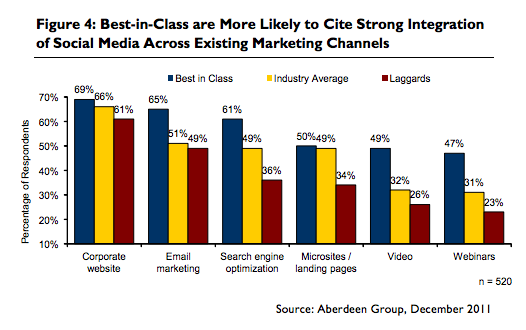
Harald Wanetschka / pixelio.de
Does mobile technology really have “more influence on global change than countries, governments or corporations”? Well, at least if we can believe in the 50% of respondents of a new European research by
CNBC called “Europe’s Mobile Elite 2013”. The study states that Europe’s business elite continue to embrace the latest smartphones, tablets and devices. In general, most European business executives (73%) believe that they are keeping up with technology change within their sector, however almost less than four in ten are not confident with their companies’ technology change.
The study shows that most business leaders own a mobile device (90%), live and like the mobile business and are agreeing that life is “easier” (68%). Even more, 64% see their lives becoming more productive and enjoyable. Apple is still leading with 44% owning an iPhone versus Android users with 35%. Obviously tablets are on the rise as well with almost. The merging worlds of private and business becomes clear with the fact that 72% (up 39% from 2011) use their tablets for both work and leisure.
Not surprisingly, two thirds value tablets “useful business tools”. Also second screen usage is big among the business elite: 75% watch TV at the same time as using their tablet. The engagement effect of the tablet is striking with nine in 10 of these consumers taking some form of action on their tablet as a result of seeing TV content. And when the study shows that a third of the business executives are responding to TV advertising, marketers should think about ow to implement clever brand and lead generation campaigns in their TV spots. And when marketers want to reach the business elite, they are best in sending out their messages in the evening and at weekends (tablet usage). Smartphones are always-on, so no special advice here.
“This study shows the huge influence mobile technology has on our lives. Europe’s elite are keeping up with technological change, owning more devices than ever and using each in different ways. In the area of social media and its value in business, the jury is still out and it will be interesting to see where this leads next year.” Mike Jeanes, Director of Research, EMEA, CNBC.
Top content for tablets…
– business and financial information (72%)
– web browsing (70%)
– news updates (70%)
– email (69%)
– reading newspapers/magazines (69%).
Top content for mobiles…
– email (79%)
– business and finance (72%)
– web browsing (70%)
– news updates (70%)
– GPS (69%)
Spot On!
Despite some common disagreement that the business elite is not on social networks, the study makes clear that 85% are a member of at least one network with 61% on Facebook, 58% on LinkedIn, and 43% on Twitter. It is important to note that 40% (up from 19% in 2011) of Facebook, LinkedIn and Twitter users are now connected to all three social networks. Furthermore, 58% of the business decision makers use social media for business (still private use is the standard for 75%). It could be that private and business worlds are really not kept as separate any longer. The commercial impact of social media is seen critical. When 46% see social media “neither useful nor essential” (compare study 2012), it shows that most business decision makers had either the wrong advice or the wrong expectation raised by consultants. One of the reasons why we are always very critical in analyzing the benefit of social media for a company or brand, and trying to show the realistic benefit for companies.













 Spot On!
Spot On!



